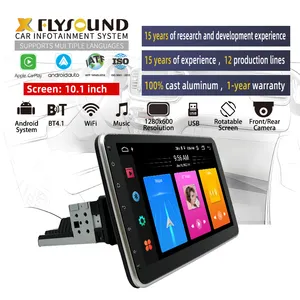
All categories
Featured selections
Trade Assurance
Buyer Central
Help Center
Get the app
Become a supplier














Âm nhạc tuyệt vời tại nhà đang được hồi sinh vì máy nghe nhạc dvd ew có sẵn trên Alibaba.com. Công nghệ đã phát triển và thay đổi cách mọi người nghe nhạc mãi mãi. Điều này thể hiện rõ khi sử dụng các sản phẩm như máy nghe nhạc dvd ew mang lại trải nghiệm âm thanh tốt hơn khi tìm kiếm giải trí âm thanh tại nhà.
Sản phẩm tốt nhất máy nghe nhạc dvd ew có các phiên bản mới nhất của công nghệ âm thanh, có nghĩa là chất lượng âm thanh cải tiến cao. Sử dụng hệ thống kỹ thuật số, các sản phẩm trên Alibaba.com có thể mang đến cho mọi người những âm thanh yêu thích của họ ở cấp độ âm thanh kỹ thuật số cao hơn nhiều. Chúng cũng thuận tiện hơn nhiều so với việc sử dụng điện thoại di động để phát nhạc vì chúng không cần pin để vận hành chúng. Các vấn đề về âm thanh có thể tránh được bằng cách sử dụng những vật dụng này, ngay cả khi sử dụng âm lượng đầy đủ do việc lắp đặt hệ thống cải thiện âm trầm.
Nhiều máy nghe nhạc dvd ew trong số này đã được cập nhật với kiểu dáng hiện đại và hấp dẫn, khiến chúng trở nên nhiều hơn của một phần lắp đặt cho ngôi nhà. Chúng có trọng lượng nhẹ và hiển thị đẹp. Một số thậm chí có thể được sử dụng ngoài trời nhờ đặc tính chịu nhiệt và chống nước của chúng. Các sản phẩm này có giá cả phải chăng hơn nhiều so với việc mua điện thoại di động mới nhất với cùng âm thanh kỹ thuật số chất lượng cao.
Tìm ưu đãi máy nghe nhạc dvd ew thấp và thưởng thức âm nhạc thoải mái ngay tại nhà với các mặt hàng trên Alibaba.com. Các sản phẩm này đến từ nhiều nhà cung cấp và nhà sản xuất khác nhau, những người có thể cung cấp các tính năng khác nhau cho khách hàng. Thưởng thức âm thanh chất lượng cao và mua sắm trực tuyến ngay hôm nay.